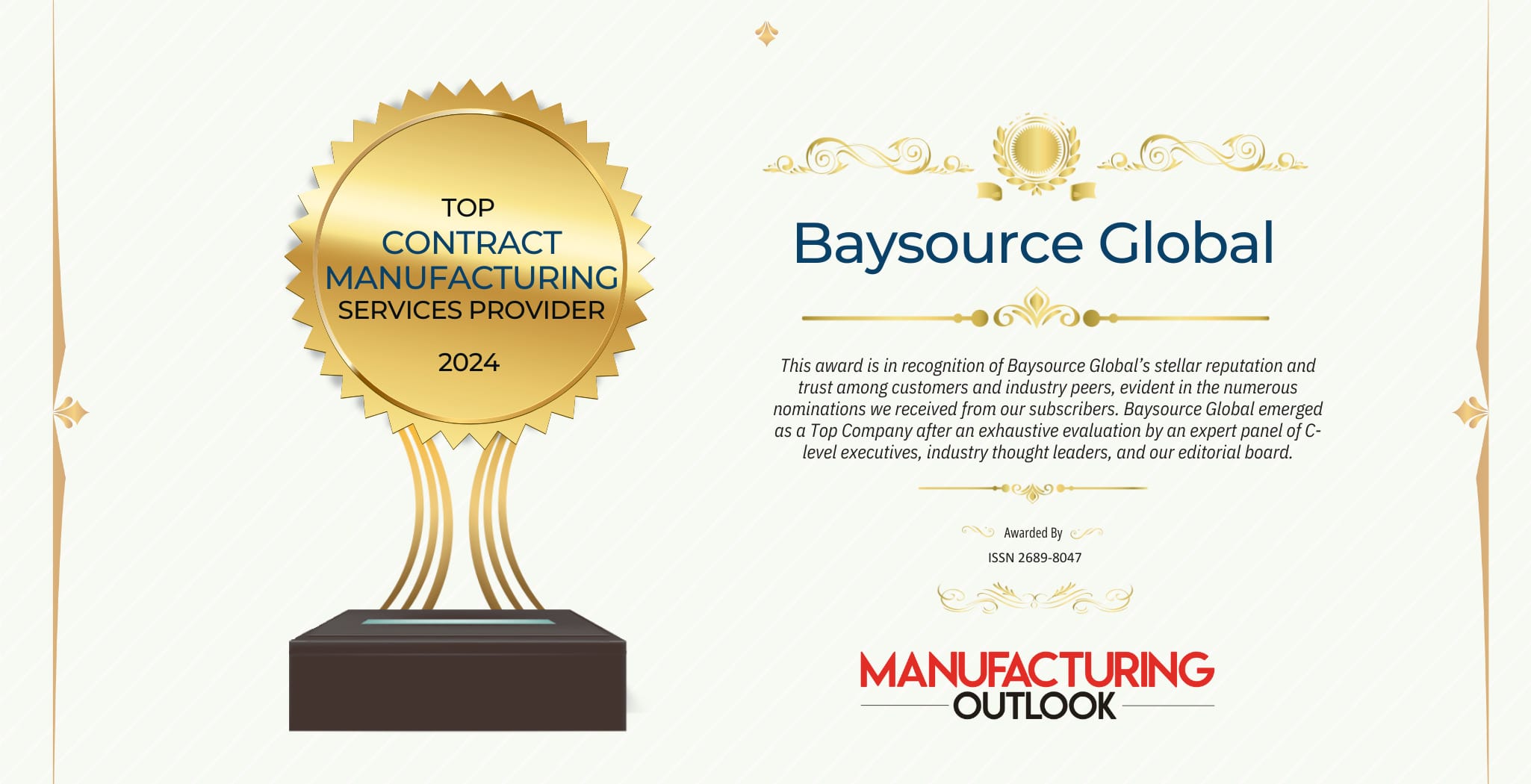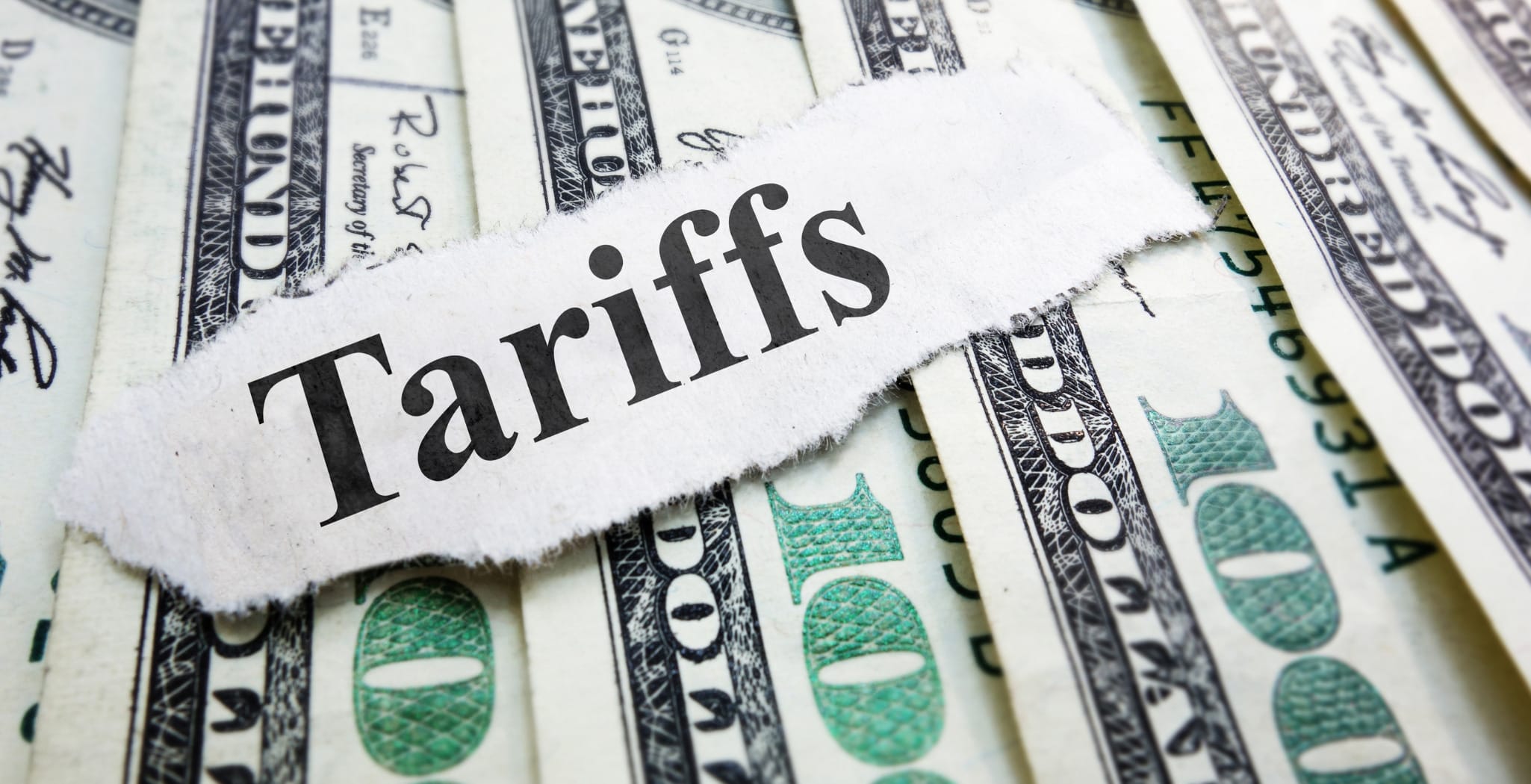In the dynamic landscape of business operations, companies are continually faced with strategic decisions regarding their manufacturing processes. One such critical decision is whether to invest in manufacturing assets like plants, property, and equipment or to rely on contract manufacturing. Whether contract manufacturing in Asia or the U.S. this decision hinges on a multitude of factors that require careful analysis to ensure optimal returns on investment (ROI) and operational efficiency. Additionally, when evaluating manufacturing locations, the choice between producing in the U.S. versus low-cost country sourcing further complicates the decision-making process. Let’s delve into the key considerations:
Investing in Manufacturing Assets vs. Contract Manufacturing:
- ROI Analysis: Companies must conduct a comprehensive ROI analysis comparing the costs and benefits of owning manufacturing assets versus outsourcing production. This includes initial investment, operating expenses, potential revenue streams, and long-term profitability projections.
- Carrying Cost of Capital: Owning manufacturing assets entails significant capital investment, including property, equipment, and maintenance costs. The carrying cost of capital, including interest payments on loans, for both PPE and inventory must be factored into the analysis to determine the true cost of ownership.
- Inventory Management: Owning manufacturing assets allows for greater control over inventory management, reducing lead times and enhancing responsiveness to market demand fluctuations. Contract manufacturing may offer flexibility but can result in inventory management challenges and increased carrying costs if production schedules are not aligned with demand. Staffing for such activities also adds to payroll and fixed costs. In finished goods cost accounting this needs to be included. Contract manufacturing offers flexibility in scaling production up or down based on demand fluctuations.
U.S. Manufacturing vs. Low-Cost Country Sourcing:
- Labor Costs and Productivity: While manufacturing in low-cost countries often offers labor cost savings, companies must consider factors such as productivity levels, skill sets, and labor regulations. U.S. manufacturing may incur higher labor costs but can benefit from higher productivity levels and adherence to stringent labor standards.
- Tariffs and Trade Policies: Evaluating tariffs, trade agreements, and geopolitical factors is crucial when deciding on manufacturing locations. Changes in trade policies or geopolitical tensions may impact the cost competitiveness of low-cost country sourcing, affecting ROI calculations.
- Production, Quality Control and Standards: U.S. manufacturing typically adheres to rigorous quality control standards and regulatory requirements, ensuring product quality and brand reputation. Low-cost country sourcing may present quality control challenges, requiring robust oversight and monitoring to maintain quality standards. Investing in manufacturing assets provides greater control over the production process, quality assurance, and customization capabilities. Contract manufacturing, on the other hand, may offer flexibility but can result in less control over product changes, production timelines and quality standards.
- Technological Expertise: Evaluating the company’s technological capabilities and expertise is essential. Investing in manufacturing assets may require significant technological know-how and infrastructure, while contract manufacturing relies on the expertise of external partners.
Conclusion:
In conclusion, the decision to own manufacturing assets or opt for contract manufacturing requires a thorough analysis of ROI, carrying cost of capital, and inventory management considerations. When evaluating manufacturing locations, factors such as labor costs, tariffs, quality control, and trade policies must be carefully weighed to determine the most suitable strategy for long-term success. By conducting a comprehensive analysis and considering these key factors, companies can make informed decisions that align with their strategic objectives and drive sustainable growth.
Contact Us







Follow Us